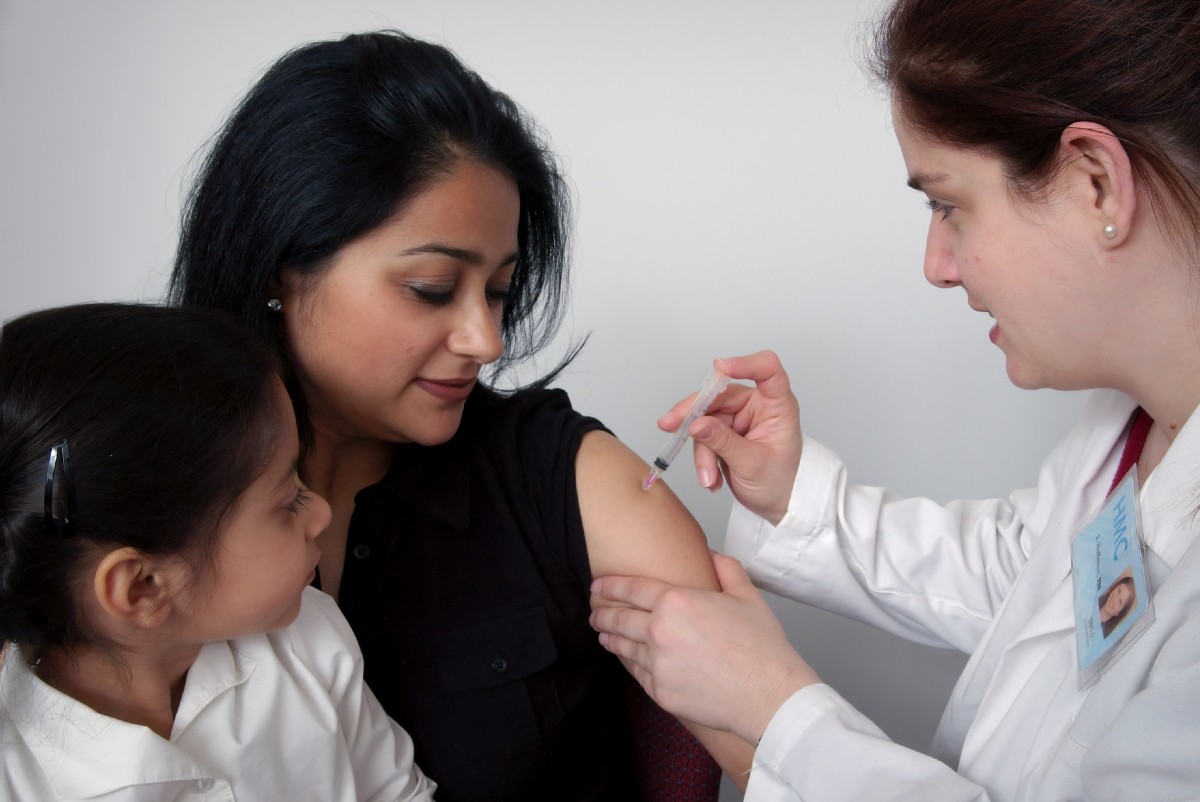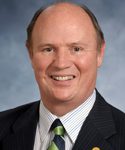\
By Lindsay Street, Statehouse correspondent | The number of adults covered by Medicaid in South Carolina rose 4.9 percent from March 1 to July 1 as the impact of the recession caused by the coronavirus pandemic roiled the state.
Experts say the rise could be just the beginning of an enrollment spike in a program that accounts for billions of dollars in the state budget.

“More people may be coming,” Palmetto Project Director of Programs Shelli Quenga said this week, adding that she was surprised it hadn’t risen by more. “(4.9 percent) seems like a low number.”
Meanwhile, Democratic lawmakers are increasing calls to expand eligibility for the program.
As part of the Palmetto Project’s InsureSC program, Quenga and others work to help South Carolinians find affordable health care coverage, including helping them navigate the Medicaid process. She said she has received more calls from people saying they thought their job was coming back but after several months of waiting, they now need health coverage as the state is seeing yet another uptick in those seeking unemployment insurance.
The increase to Medicaid’s Healthy Connections program in South Carolina from March to July has been 51,681 people, according to data obtained from Medicaid agency S.C. Department of Health and Human Services (DHHS). As of July 1, Healthy Connections, which offers state and federal subsidized insurance for adults, covered 1,091,999 people. In South Carolina, only about 40 percent of beneficiaries are adults, according to DHHS.
‘The biggest part of the budget’
Walhalla Republican Sen. Thomas Alexander said the increase in enrollment was expected.

“That’s not unusual when we’ve seen economic downturn over the years, it normally goes up some. That is consistent and does not surprise me under the circumstance,” he said.
Alexander and Beaufort Republican Rep. Bill Herbkersman lead the budget subcommittees on DHHS spending.
“As we all know, Health and Human Services is the biggest part of the budget for the state. It would definitely make an impact,” Herbkersman said. “It’s all speculation right now but it’s not going to be good.”
In the 2018-2019 budget year, South Carolina spent $1.8 billion on Medicaid services with a $6.2 billion match from the federal government, according to a January 2020 presentation from DHHS. Medicaid services in South Carolina are generally split with 30 percent state spending and 70 percent federal spending. With that year’s state spending plan at $9.3 billion, the state’s share of Medicaid spending accounted for about 19 percent of its total budget.
“We’ll get an update from the agency on what it looks like from the financial standpoint,” Alexander said this week.
Like many in and out of Columbia, Alexander and Herbkersman are awaiting Monday’s Board of Economic Advisors meeting on how the 2019-2020 budget ended amid the pandemic, and what revenues could look like for the current fiscal year. The House and Senate will reconvene for a special session mid-September to draft a reactive budget.
A national trend
The increase in Medicaid enrollment is part of a national trend.
Kaiser Health News (KHN) reported July 28 that states around the country are seeing a spike in Medicaid enrollment. Looking at data from early in the pandemic, March 1 to April 1, the report estimated that South Carolina saw a 1.15 percent enrollment increase. Kentucky saw one of the biggest spikes in that time period with nearly 7 percent increase.

In the KHN article, Joan Alker, executive director of the Center for Children and Families at Georgetown University in Washington, D.C., said Medicaid enrollment will likely continue to increase as job losses mount and more people become eligible.
However, she added, Medicaid numbers may not be an accurate reflection of the economy since “people have more immediate needs than securing health coverage, especially if they are feeling well.”
That was echoed by Kaiser Family Foundation Vice President Robin Rudowitz who told KHN there is a lag time of weeks or months between job loss and Medicaid enrollment.
Quenga said another thing keeping people off Medicaid rolls is the complicated application process that makes it difficult to tabulate income and non-traditional families.
“The system is always challenging. It’s designed to be complicated and challenging so that, in theory, only the most worthy can run the gauntlet and get the coverage. This is a whole new crop of people … They had no idea that this was so complicated,” Quenga said. “It is very tricky for someone to do this on their own without an advocate.”
A case for expanding Medicaid
Democratic lawmakers say the ongoing pandemic has exposed the state’s need for expanding Medicaid under the federal 2010 Affordable Care Act. South Carolina is one of 12 states that has yet to expand Medicaid to include adults making 100 percent to 200 percent of the federal poverty level.
Recently, Missouri, Oklahoma and three other mostly conservative states passed Medicaid expansion via ballot initiatives. In addition to failing to pass legislation expanding Medicaid, Democrats in South Carolina have failed to get such ballot initiatives passed to let voters decide.

“It makes sense to get people health care, especially in the pandemic,” Hopkins Democratic Rep. Wendy Brawley said.
Alexander is among the Republicans unswayed by current circumstances. He said concern remains on how the state could pay for its eventual share of the program.
“My focus is on access to health care,” he said. That means, he said, finding ways to get providers to rural areas.
Herbkersman said those pushing for the expansion of Medicaid need to be “realistic in the conversation.”
“How is it going to be paid for?” he asked. “It’s so easy to say let’s do it without saying who is going to pay for it.”
But Brawley called that “a false argument.”
“South Carolina and other states like us with high levels of poverty, we can’t afford not to,” she said, adding that the first years of the expanded program would be shouldered by the federal government. “The number of lives it can save and the number of opportunities (it will create) is going to save on money.”
Studies show expansion has created jobs and saved lives. In South Carolina, a 2019 estimate found that as many as one in 10 older and poor S.C. residents who died in the last five years could be alive today had they had access to care.
Still, Brawley said it will be an uphill battle for Democrats to move the Republican majority in Columbia to action.
“That does not mean we should not be prefiling those bills in December,” she said.
- Have a comment? Send to: feedback@statehousereport.com


